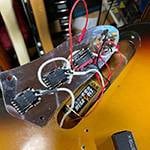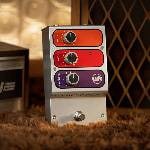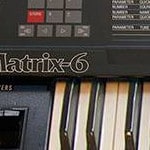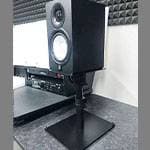Hello, this is Joshua, who loves talking about Western music.
In the 17th episode, I'll be discussing Billy Sheehan, the bassist.To sum him up in one line: 'A technique that earned him the title of the Eddie Van Halen of the bass world, yet he never forgets the basics of root playing.
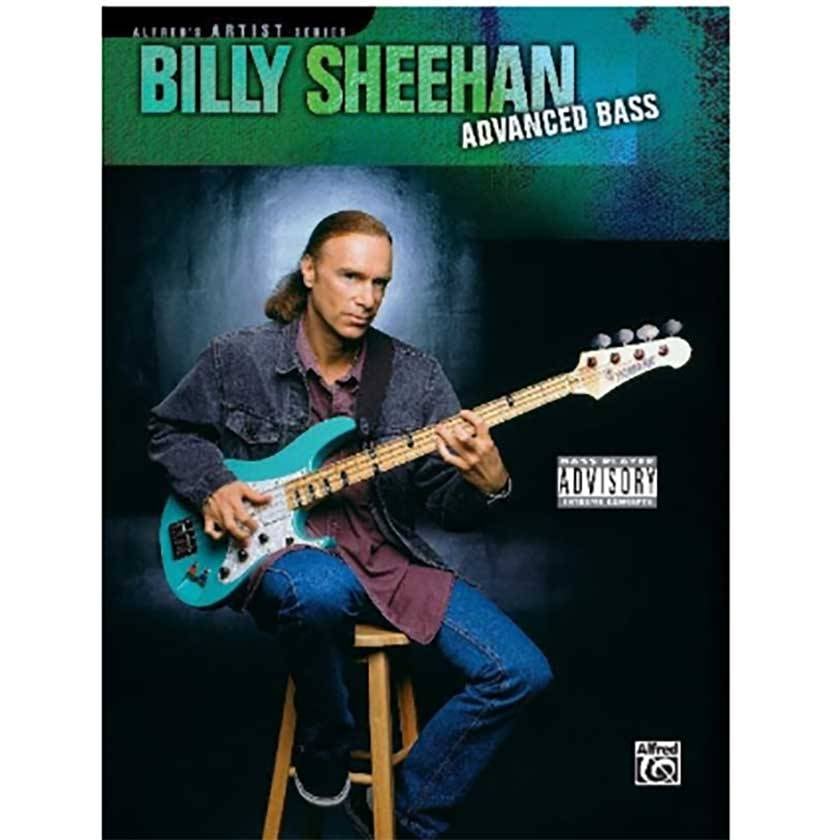
Billy was born in 1953, and raised in Buffalo, New York. He got his start with Talas, a band he formed with some local bandmates. At the time, Talas was huge in their local scene, and Billy once said in an interview that it was a little thing he was proud of - having U2, before they were famous, open for Talas.In 1980, he had the opportunity to tour as the opening act for Van Halen, but despite this, he faced continued commercial difficulties.
Meanwhile, Billy's bass playing was attracting attention and began to be featured in American guitar magazines. His unique sound, achieved by independently outputting the front and rear pickups to blend clean and distorted tones, along with techniques like tapping and three-finger playing, garnered significant notice. He became known as "the Eddie Van Halen of bass," and his bass solo piece "NV43345" in1983 was transcribed in a feature article—exceptional treatment in a time before specialized bass magazines. The title of this song, incidentally, is "SHEEHAN" spelled upside down and backwards.
■ Talas - NV43345
1986 marked a turning point in Billy's career.Fresh off his departure from Van Halen, David Lee Roth (DLR), with a clear sense of rivalry towards his former band, attempted to form a supergroup. He recruited Billy, Steve Vai (guitar), and Gregg Bissonette (drums) to produce "Eat 'em and Smile". "Yankee Rose," with its incredible fills woven into the basic rhythm, and the Talas track "Shyboy," demonstrating the powerful synergy between Billy and Steve, launched him into the spotlight. However, feeling a growing disconnect from DLR's musical vision, Billy contributed to their second album, "Skyscraper" in 1988, but then departed the group. On that album, his playing was noticeably restrained, consisting almost entirely of root notes, and his characteristic style was conspicuously absent.
■ David Lee Roth - Yankee Rose
Billy Sheehan, driven by the desire to create great songs beyond mere technical showcases, formed Mr. Big. While their debut album found popularity in Japan, it didn't achieve global breakthrough. Despite numerous tracks brimming with dazzling technical interplay with Paul Gilbert (guitar), it was their second album's acoustic ballad, "To Be With You" in 1991, that brought commercial success. Ultimately, true to their initial concept, the "good song" sung by Eric Martin (vocals) won out, reaching number one in 15 countries. Though Mr. Big experienced member changes, hiatuses, and reunions, they haven't shown signs of regrouping since the passing of Pat Torpey (drums) in 2018.
Billy has always been active with side projects, even before Mr. Big. He formed the trio Niacin with the phenomenal drummer Dennis Chambers and organist John Novello, released solo albums, and even toured with his close friend Steve Vai. Their joint rendition of "Shyboy" from the DLR era is simply breathtaking.
■ Steve Vai - Shyboy
Personally, I'm secretly proud of the time when Billy Sheehan guested at Joe Satriani's Tokyo show in 2002. I even got his autograph on the setlist! I remember him coming out for the encore and jamming on ZZ Top's "La Grange." It must have been a spur-of-the-moment decision, because the song title wasn't written on the setlist.
■ October 6, 2002 Joe Satriani Tokyo Concert Setlist and Ticket
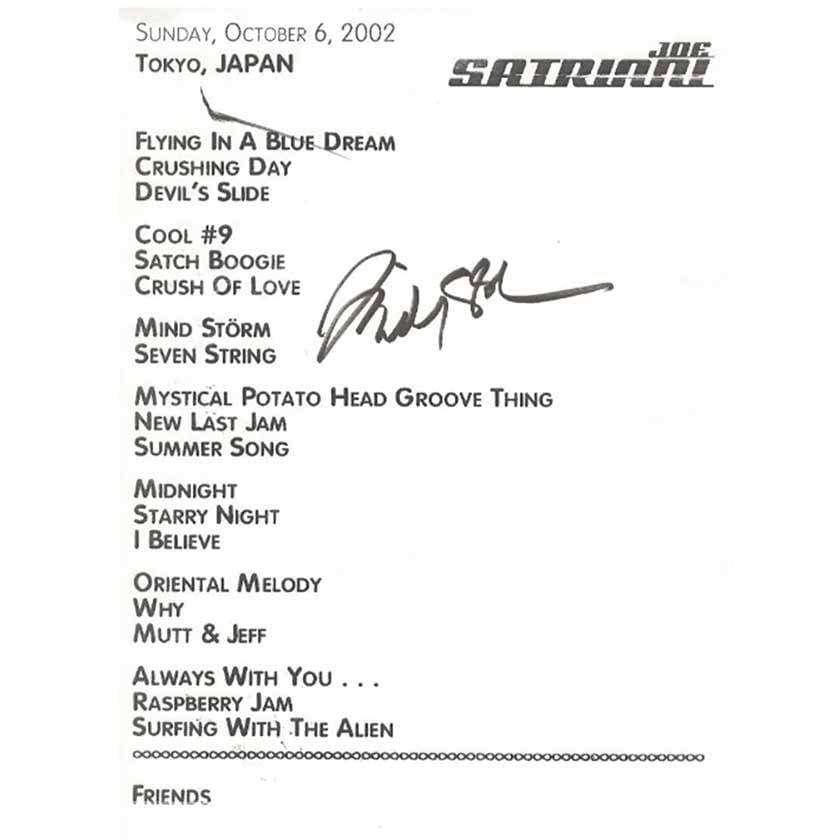
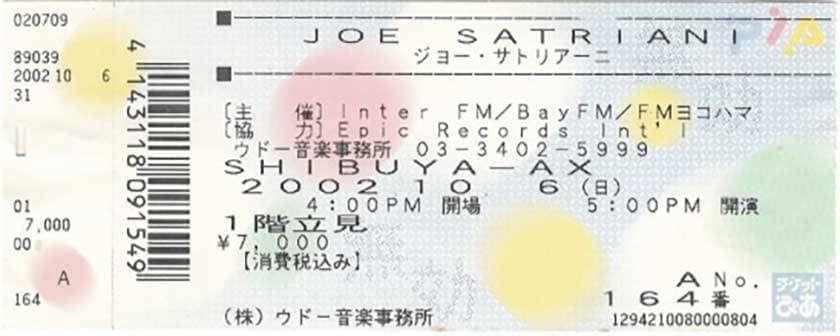
Having read Billy's interviews over the years, I'm consistently struck by his sincere attitude towards music, his broad musical horizons, and his emphasis on fundamentals over technique. When discussing Billy's bass playing, the conversation inevitably turns to his technique, but that's not where his true essence lies. He developed his unique techniques by playing covers every night with Talas and filling in for keyboard and guitar parts on the bass. However, what makes Billy truly great is that he never forgets the fundamentals of simple root playing. In fact, he has many songs where he plays only simple lines, but his stability is outstanding.
His pursuit of tone has also been consistent. For Billy, the ultimate tone is the raw sound of his old main bass (a Fender Precision bass he called "The Wife") played unplugged. His attempts to electronically recreate that sound led to the development of his unique sound system. His collaboration with Yamaha and the development of the Attitude Bass were also part of his journey to recapture the essence of "The Wife.
Billy has been quite active lately, often collaborating with Mike Portnoy (drums, ex-Dream Theater). They've joined forces in three recent bands: Portnoy Sheehan MacAlpine Sherinian, The Winery Dogs, and Sons of Apollo. Since the pandemic halted touring, Billy has participated in various online sessions, showcasing his undiminished prowess. I was particularly captivated by his cover of the Steve Miller Band's "Abracadabra," a genre-bending performance with Journey's Arnel Pineda (vocals), Whitesnake's Joel Hoekstra (guitar), and veteran session percussionist Lenny Castro. He maintains a steady groove through the seemingly endless riff, but rest assured, there's a bass solo at 3:55. Recently, he's also shared glimpses of The Winery Dogs' recording sessions, making it clear that he's not slowing down anytime soon.
■ Arnel Pineda, Joel Hoekstra, Billy Sheehan, Van Romaine, Ollie Marland, Lenny Castro - 'Abracadabra
The “sound & person” column is made up of contributions from you.
For details about contributing, click here.






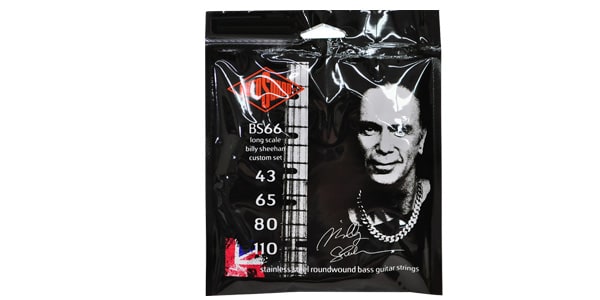

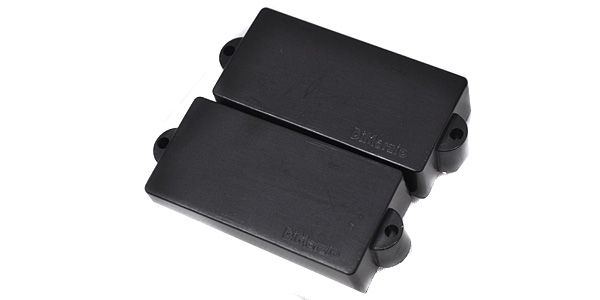
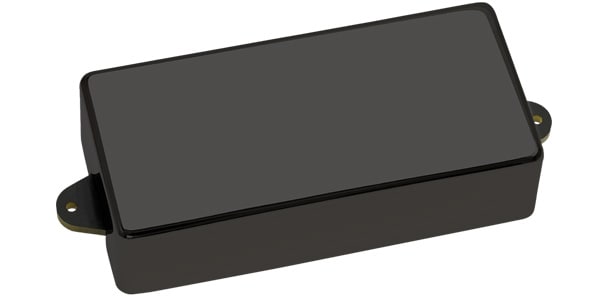

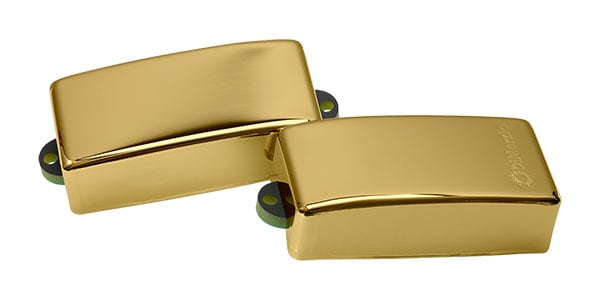
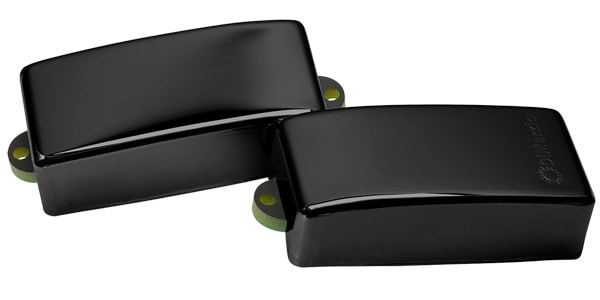
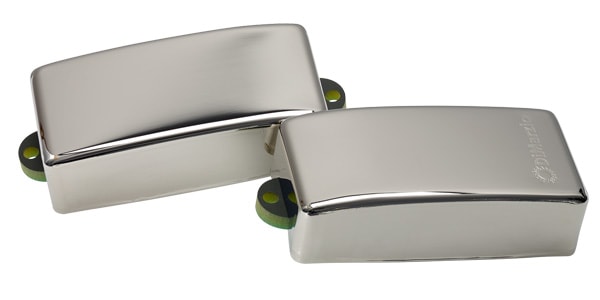
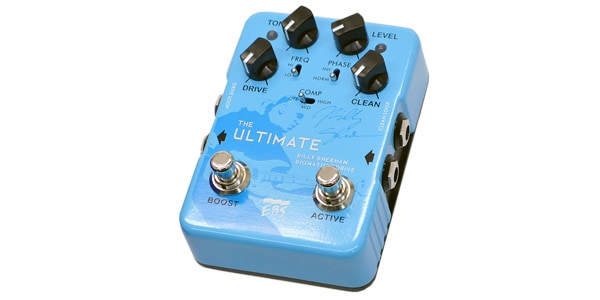
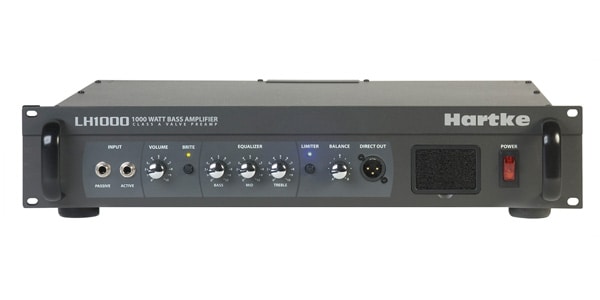
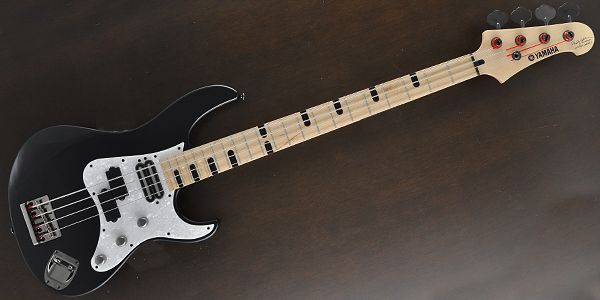

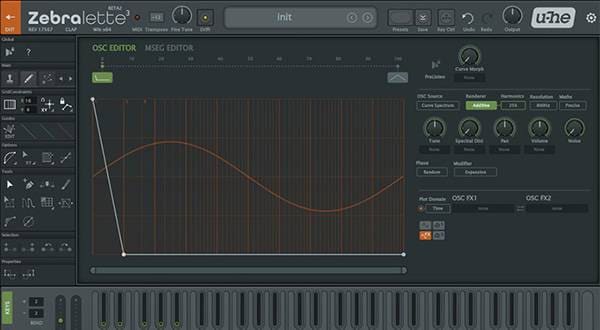
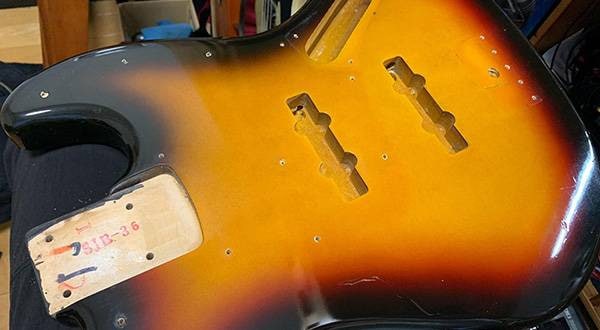
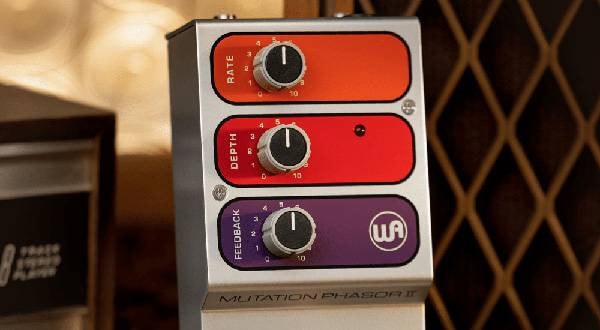

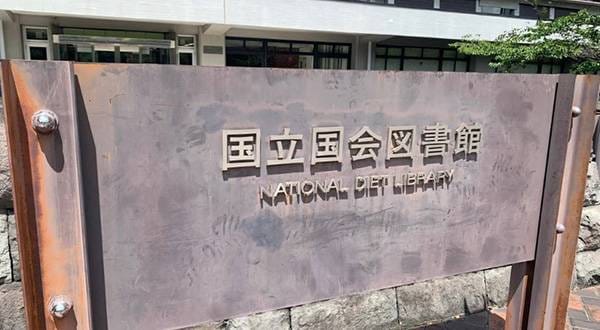
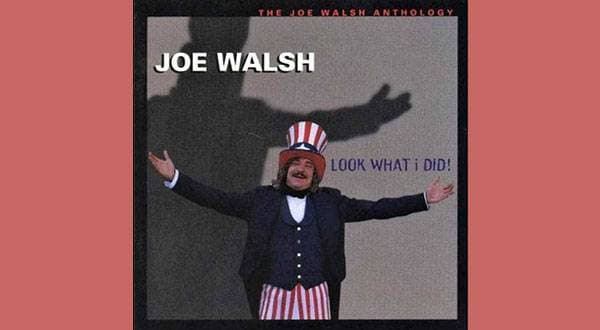
![Rock’n Me 15: Talking About Western Music - One-Man Bands [Prog Only]](/contents/uploads/thumbs/5/2022/1/20220128_5_16436_1.jpg)
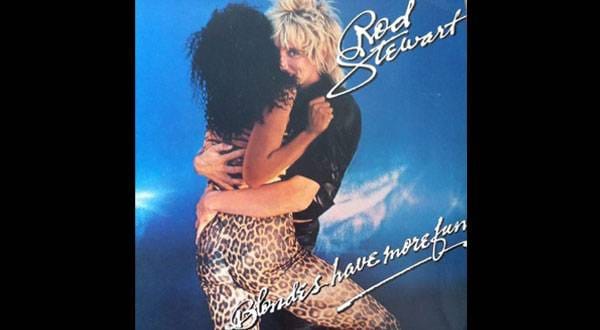
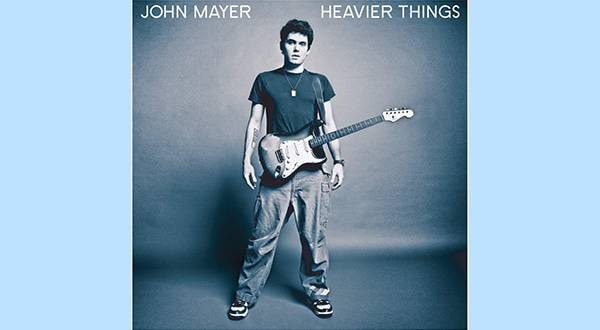
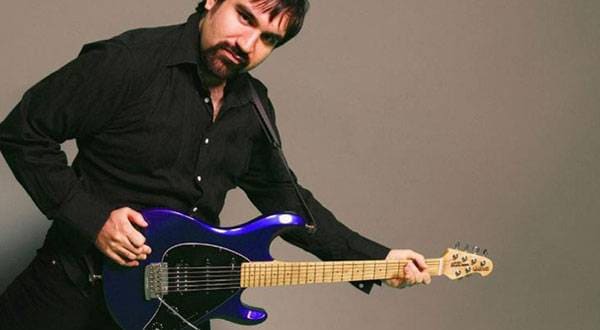
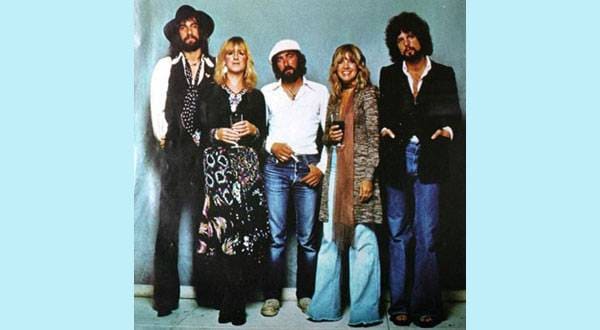
 基礎から学ぶベースレッスン
基礎から学ぶベースレッスン
 DTMセール情報まとめ
DTMセール情報まとめ
 SKB ギター・ベースケースセレクター
SKB ギター・ベースケースセレクター
 ベーススタートガイド
ベーススタートガイド
 超オススメのフレーズ道場 ベース
超オススメのフレーズ道場 ベース
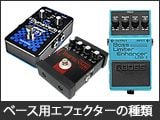 ベース用エフェクターの種類
ベース用エフェクターの種類


